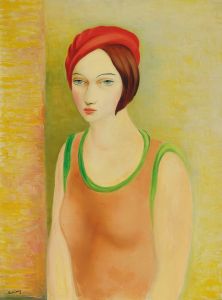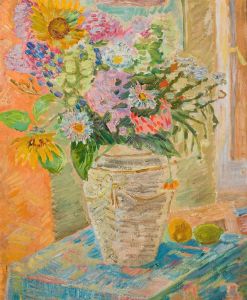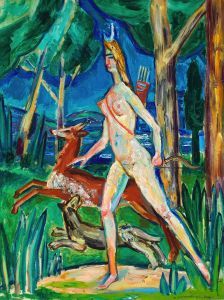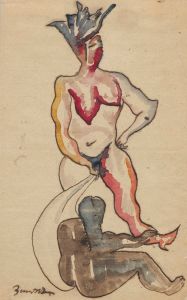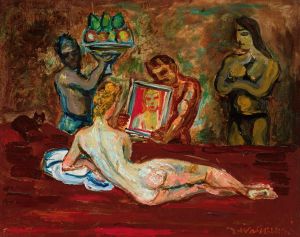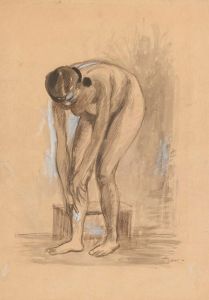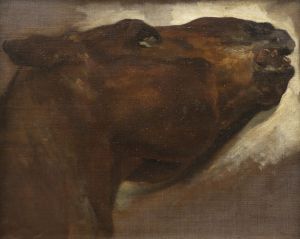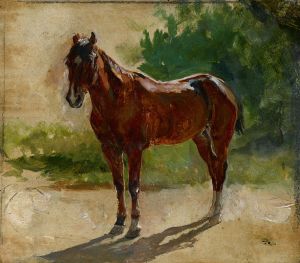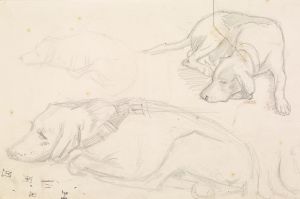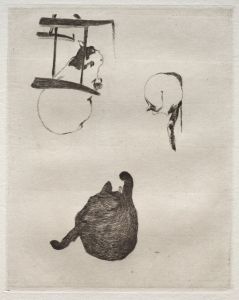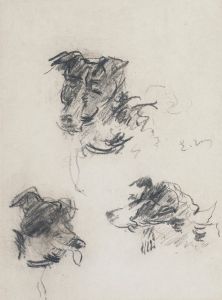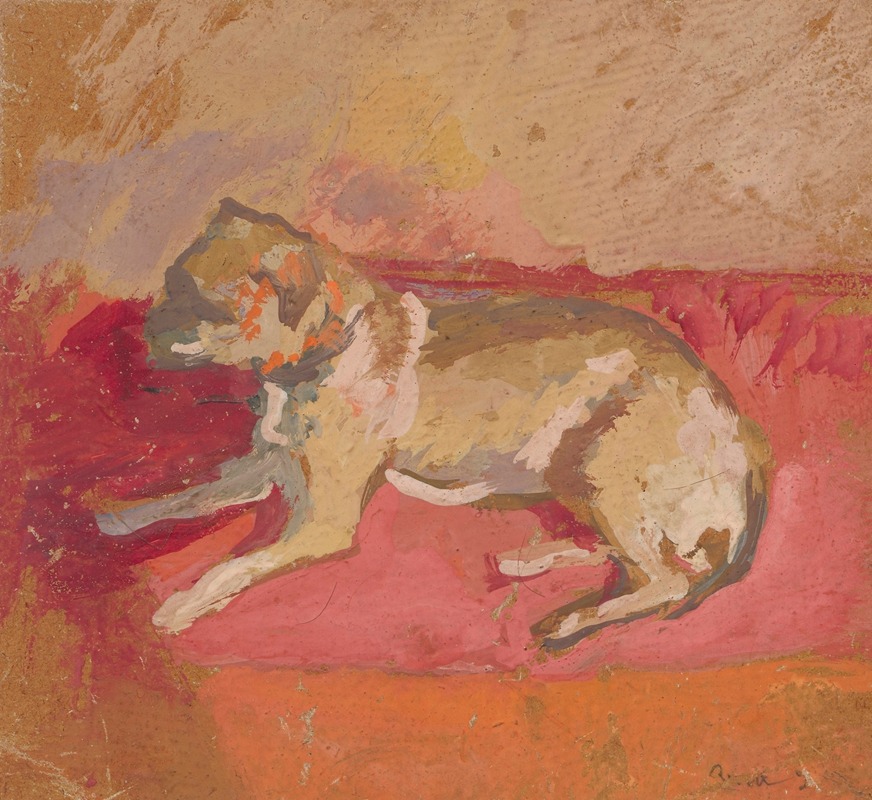
Lying dog
A hand-painted replica of Zygmunt Waliszewski’s masterpiece Lying dog, meticulously crafted by professional artists to capture the true essence of the original. Each piece is created with museum-quality canvas and rare mineral pigments, carefully painted by experienced artists with delicate brushstrokes and rich, layered colors to perfectly recreate the texture of the original artwork. Unlike machine-printed reproductions, this hand-painted version brings the painting to life, infused with the artist’s emotions and skill in every stroke. Whether for personal collection or home decoration, it instantly elevates the artistic atmosphere of any space.
Zygmunt Waliszewski (1897-1936) was a prominent Polish painter known for his contributions to the modernist movement in Poland. His works often reflect a blend of influences from various European art movements, including Post-Impressionism, Cubism, and Expressionism. One of his notable paintings is "Lying Dog," which exemplifies his unique style and artistic vision.
"Lying Dog" is a painting that captures a moment of tranquility and simplicity, featuring a dog lying down in a relaxed pose. The composition of the painting is straightforward, yet it showcases Waliszewski's keen eye for detail and his ability to convey emotion through his brushwork. The use of color in "Lying Dog" is particularly noteworthy; Waliszewski employs a palette that brings warmth and life to the scene, highlighting the textures of the dog's fur and the surrounding environment.
Waliszewski's technique in "Lying Dog" demonstrates his mastery of form and his understanding of the interplay between light and shadow. The painting's background is rendered in a way that complements the subject without detracting from it, allowing the viewer to focus on the serene presence of the dog. This approach is characteristic of Waliszewski's broader body of work, where he often sought to balance complexity and simplicity, creating compositions that are both engaging and accessible.
Throughout his career, Waliszewski was influenced by his studies and travels across Europe. He spent time in Paris, where he was exposed to the works of contemporary artists and the vibrant art scene of the early 20th century. This exposure played a significant role in shaping his artistic style, as he absorbed elements from various avant-garde movements and incorporated them into his own work.
In addition to his paintings, Waliszewski was also involved in the Polish art community as a member of the "Formists," a group of artists who sought to break away from traditional artistic conventions and explore new forms of expression. His contributions to this group further cemented his reputation as a leading figure in Polish modernism.
"Lying Dog" is a testament to Waliszewski's ability to capture the essence of his subjects with sensitivity and skill. The painting not only reflects his technical prowess but also his deep appreciation for the simple, yet profound moments in life. It remains a significant piece within his oeuvre, illustrating the enduring appeal of his work and his place in the history of Polish art.
Zygmunt Waliszewski's legacy continues to be celebrated in Poland and beyond, with his works held in various collections and museums. "Lying Dog" stands as a prime example of his artistic achievements, offering insight into his creative process and the broader context of his contributions to modern art.






